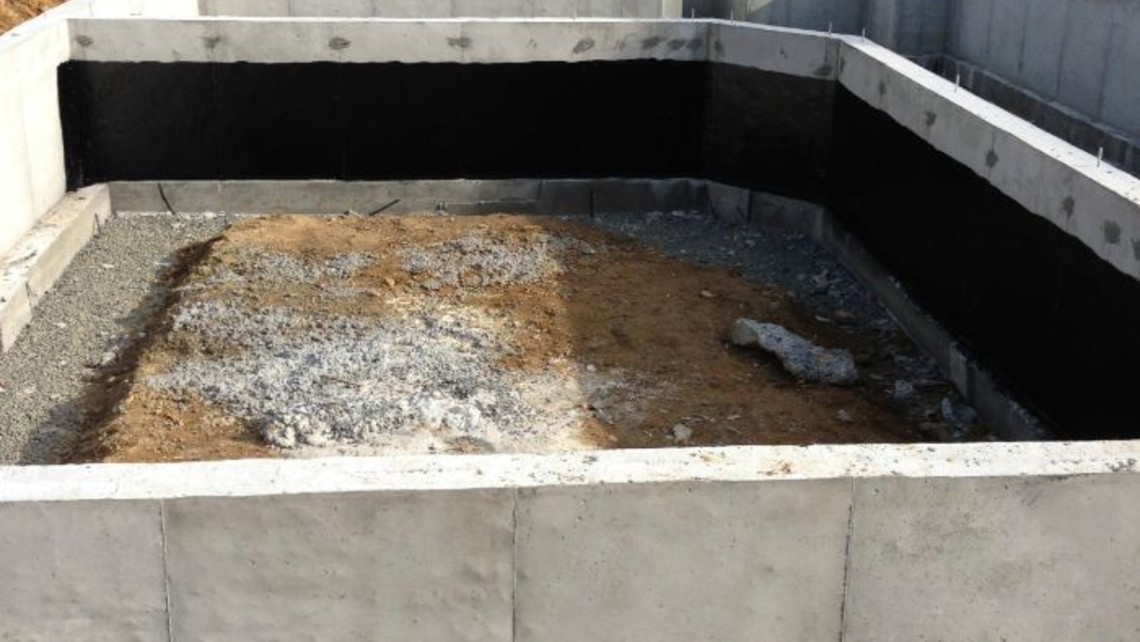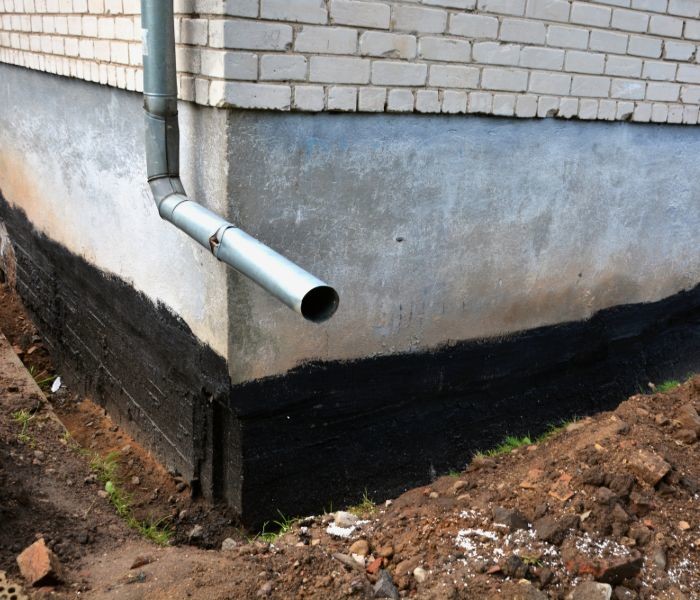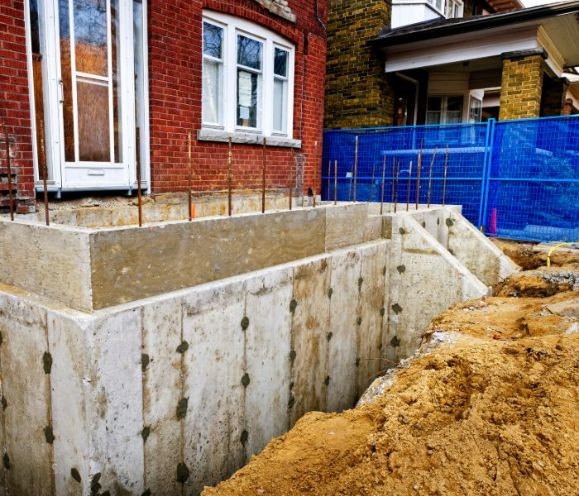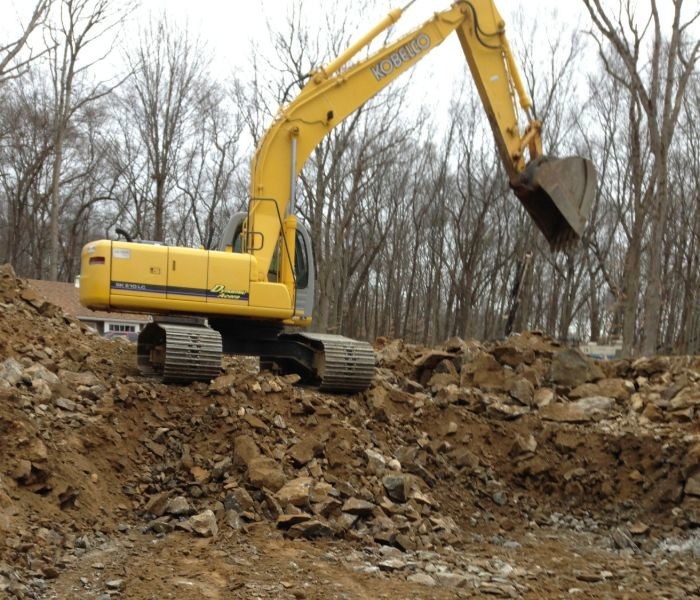
The first step to building any structure or addition is digging foundations, and a foundation or footing is probably the most critical part of that construction overall. Without a strong and stable foundation, your new house, commercial building, or addition will soon show cracks, water leaks, and other such damage.
Digging Foundations is not as simple as setting the footings and then pouring concrete. Different kinds of buildings, basements, and crawlspaces require various types of foundations, and some foundations may need to be thicker than usual to resist moisture buildup and maintain the weight of an overly heavy structure.
Excavation work of any size and type is not only more precise than you might realize, but it's also downright dangerous. Before you decide that you can manage foundation excavation or digging for footings on your own, or manage any excavation or trenching work yourself, note a few reasons why you might rely on excavation professionals for this job instead.
What Is the Purpose of a Foundation?
You might assume that the only purpose of a foundation is to maintain the weight of a structure. Without a quality foundation, a commercial building, home, or even a large shed would merely sink into the ground or otherwise crumble. However, a foundation does more than provide support and a solid base for a building:
Foundations keep moisture out of the structure. Without a solid foundation made of concrete or another dense and durable material, the wood framework of a home would absorb moisture and then soften, crack, split, or allow mold and mildew to grow.
A foundation insulates a structure from cold. Even during summertime, the ground under a building is quite cold, and wood and paper building materials can absorb this frigidity. A foundation works as a layer of protection between that structure and the ground, protecting a building from getting overly cold.
A solid foundation will protect a structure against the movement of the earth. The ground under a building doesn't move just during an earthquake, but running water, vehicle traffic, and other such disturbances can make the land under a structure shift, shake, and vibrate. Without a stable and secure foundation, such movement could cause a structure's walls, floors, ceiling, and framework to crack, split, and chip.
What Makes a Good Foundation?
Foundations need to fit the structure or construction project, much like a suit should be tailored to the person wearing it. Footings need to be precise or else a structure's measurements will be inaccurate. This inaccuracy might result in windows that are off-center and other unsightly details of a structure's final appearance.

A solid foundation excavation also needs to account for the soil conditions, as well as the water tables of the surrounding area. Very moist or overly arid soil might not provide much support for a foundation, so the concrete may need to be thicker and stronger in these cases. Heavy structures, including homes that will feature stone floors and countertops, might also require stronger foundations.
Why Foundations Fail
A foundation should last for decades, if not even forever! However, not all foundations are that strong and sturdy, and some might eventually develop severe cracks and chips. Note a few common reasons why foundations might fail, so you ensure you avoid these mistakes when digging foundations and having new footings poured for your structure:
The backfill surrounding a foundation holds too much water. Clay and nonorganic matter carry lots of water, which is then absorbed by concrete foundations. Excessive amounts of water also put pressure on foundations, causing leaks and cracks.
A foundation is not allowed to cure properly. Too many contractors rush through a construction job and start work on the structure before the concrete of a foundation is thoroughly cured. It's good to wrap cement in plastic, so you trap moisture along its surface and then give that foundation several days to set completely before constructing over it, to ensure the concrete is as durable as possible before this work begins.
Not compacting the foundation's base properly. A foundation is typically poured over a base of crushed stone so that the concrete doesn't just seep into the ground. However, if the gravel is not tamped and compacted correctly, the concrete might still settle into its nooks and crannies, causing that concrete to shift and crack.
Not pouring a foundation at one time. Concrete needs several days to cure properly, but it begins drying as soon as it's poured. If a concreter were to interrupt the pouring of a foundation, perhaps deciding to come back the next day, a type of joint or seam might form between those two poured sections. This seam can allow moisture to seep in between segments of concrete, so the foundation then shifts and settles or begins to crack.
Mistakes to Avoid When Digging Foundations

A professional excavator should be called to dig the trenches needed for the foundation of any structure. However, if you're a homeowner and decide to dig trenches required for a foundation on your own, you might note some mistakes to avoid during this process. Knowing what to avoid can ensure this job gets done right, or it might convince you of the importance of leaving this work to a professional excavator no matter the cost of digging foundations.
Be sure you know of any restrictions on your work, based on your permits. Many local building codes will dictate several details of your excavation and jobsite, including the distance between your structure and a nearby fence, overhead power line, easement, and the like. Even a minor mistake in these codes can lead to significant "fix it" bills down the road, often much more expensive than professional foundation excavation costs, or the need to stop your work once an inspector arrives!
Ensure you've removed tree roots from the site where you'll be pouring a foundation. Pulling up a stump is not enough to ensure that those roots don't continue to grow and wrap around a foundation's concrete, causing cracks and splitting, and other such damage.
Check if a hydraulic digger, bobcat, or other such equipment can access the jobsite before you rent. Some equipment will be wider or heavier than you realize, and may not be able to reach smaller lots or those with narrow or steep entryways.
Be sure you've made a plan for the soil that will be removed. You cannot merely pile this dirt next to a trench as this can lead to a collapsed wall or landslide, and digging a substantial foundation might result in more displaced soil than you expect. Some companies will pick up your clean fill dirt for free; whatever the case, be sure you've considered this before you start digging.
Why Excavation Is So Dangerous

If you've done all the homework needed to secure your permits and know what equipment you'll be using to dig the trenches required for a foundation, you might assume you're ready to start this work on your own. However, excavation of any sort is very dangerous, for a variety of reasons. Note a few dangers of this work so you avoid these risks, or can decide if leaving such digging to a professional is the better option no matter the cost of excavation for foundation:
If a wall to a trench should collapse, a person can be buried in that dirt; however, a worker can also get stuck in a small pile of collapsed dirt and debris. The pressure from these mounds of dirt can cut off someone's breathing so that they risk suffocating, even if they're not buried in that soil.
Excavation often creates large amounts of dust and sandy debris. Without the right breathing apparatus and other protective gear, a person on the jobsite could breathe in this debris and suffer lung irritations, sinus problems, or irritation to their eyes. Soil can also contain asbestos, mold, and other irritants that further damage the sinuses and lungs or which can be downright dangerous to your health.
Homeowners may know to have underground power lines marked, but might forget about overhead lines! Lifting the bucket of a bobcat or even a shovel over your shoulder can mean hitting one of those lines and suffering an electrical shock.
Without proper bracing, the walls of a pit or any excavation can be very fragile. Standing at the edge of a cavity or moving a bobcat or other equipment too close to the side can then be very dangerous, as the edge can collapse under you and cause severe injury.
Apart from safety, there are many other reasons to hire professionals for digging foundations. Their cost of digging foundations might be cheaper than trying to rent equipment needed to clear a lot and for the digging itself, and to have someone haul away displaced soil. Professional excavators will also have insurance that will cover the cost of damaged property, and can also ensure that all needed permits are in place before the work begins. You'll then have a properly dug trench or pit for your new foundation and will ensure the job gets done quickly and safely.

